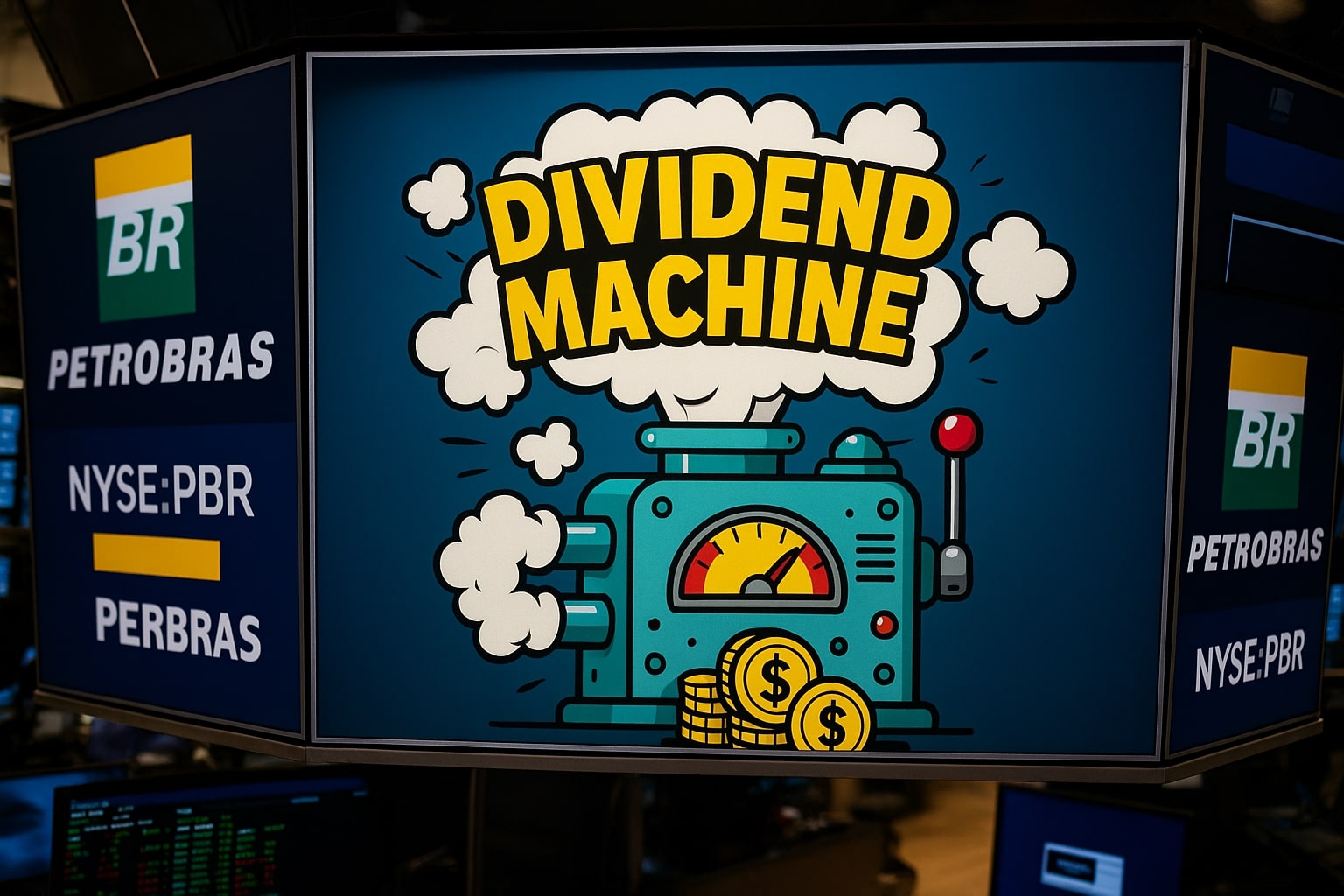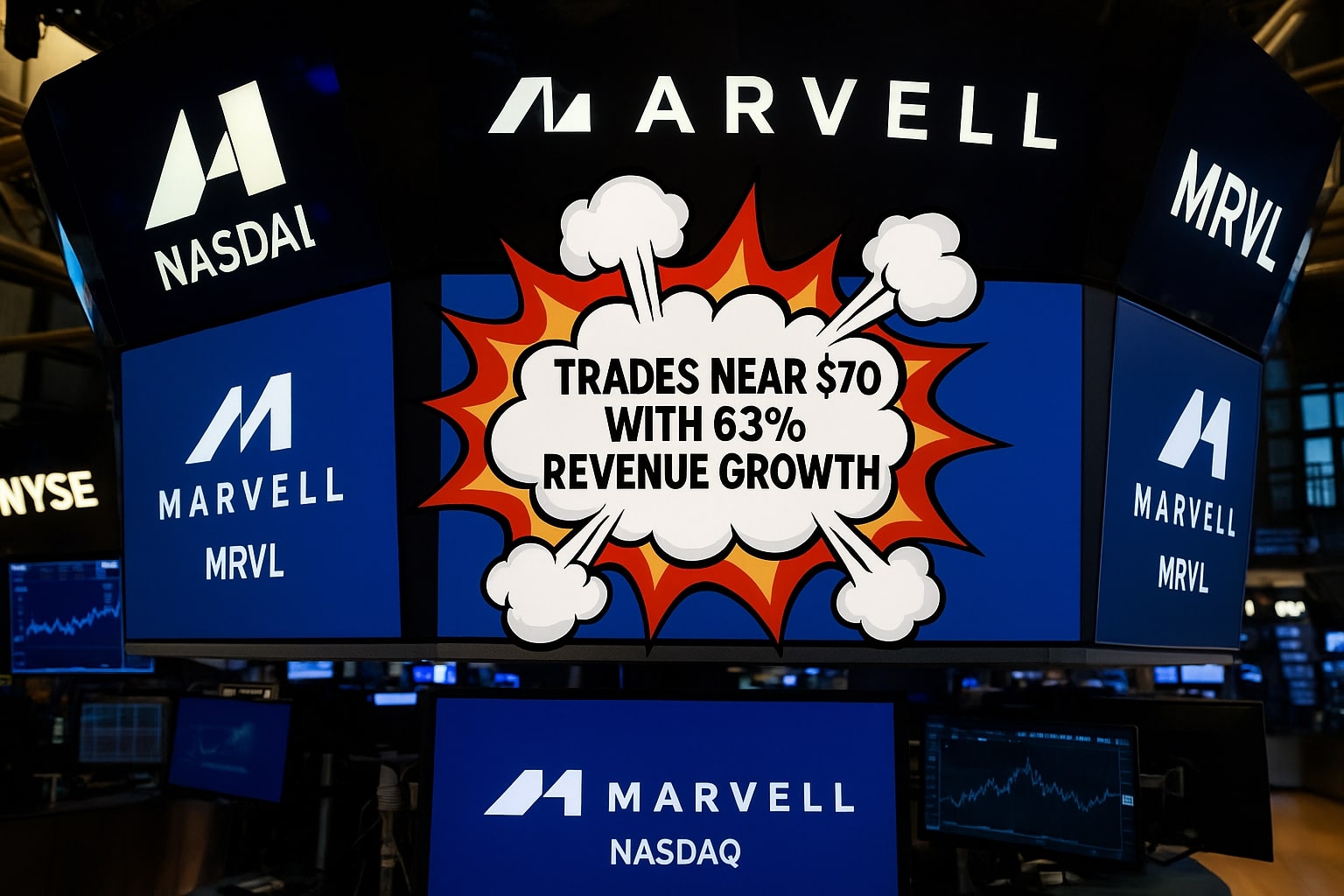
PepsiCo NASDAQ:PEP Stock Underperformance and Opportunities
Analyzing PepsiCo's NASDAQ:PEP Stock in 2023: From a 3% Rise and Underperformance against the S&P 500 to Growth Opportunities in High-margin Niches, Leadership Impact, Valuation Consideration, and a Multidimensional Perspective on Risks | That's TradingNEWS
Underperformance in 2023: PepsiCo vs. S&P 500
Despite showing resilience, PepsiCo's stock (PEP) has underperformed the S&P 500 so far in 2023, rising by just 3%. The wider market's 18% spike has led Wall Street to hesitate in valuing the PEP stock. Nevertheless, the improving financial picture presents an opportunity for patient investors.
Sales Volume Trends: The Bad News
PepsiCo's struggles are evident in sales volume trends, as they remain negative, forcing the company to raise prices to counter a 3% drop in Q2. The company faces a tough comparison with Coca-Cola (KO), but management expresses confidence in market share and competitive performance. Notably, profitability is on the upswing, with core earnings rising 15%.
Promising Margins and Market Niches: The Even Better News
PEP's prospects look bright with slowing cost inflation and promising demand in high-margin areas like energy drinks, snacks, and sparkling waters. Shareholders can expect higher margins through late 2023 and beyond, pointing to potential gains in profitability.
Comparison with Coca-Cola: Profit Margin Analysis
Though lagging behind Coke in profit margin, PEP's attractive valuation and dividend yield of 2.7% present a strong case for investment. The comparison with Coca-Cola highlights PEP's dual focus on snacks and beverages and the potential for strong returns over time.
Sales Trends and Valuation: A Closer Look
With strong sales trends and controlled costs, PepsiCo may experience faster earnings gains. Though Wall Street might continue to undervalue PEP, patient investors have the potential to reap benefits from the growth stock. The return on capital employed (ROCE) and growth of capital employed are crucial factors in identifying long-term value.
PepsiCo's Significant Five-Year Return and Market Prospects
PepsiCo has delivered a 91% return to shareholders over the past five years. Despite appearing expensive, its strong fundamentals call for consideration. The average growth in the market is between 4% and 5%, yet PepsiCo's ability to capture market share and grow faster, including through mergers and acquisitions, adds to its appeal.
Competitive Advantages: Brand Power, Economies of Scale, and Management
The company's strengths include its brand power, economies of scale, skillful management, and effective capital allocation. Whether it's 8.5% participation in Celsius in 2022 or its Dividend King status, PepsiCo has demonstrated its ability to create new growth sources.
CEO's Performance and Compensation: A Pivotal Examination of PEP Stock
CEO Ramón Laguarta has played a key role in steering PepsiCo towards its current position in the market. His compensation structure, linked intricately to performance targets, gives us a vantage point into the key areas of focus for the company's top leadership. These areas encompass sales growth, earnings per share (EPS), net income, and total return to shareholders. The amalgamation of these facets highlights an integrated approach towards value creation, not only for the shareholders but also for the overall brand image and corporate sustainability.
Financial Evolution of PEP Stock: A Comprehensive Seven-Year Overview
Delving into the financial contours of PepsiCo over the last seven years, there is a clear evolution in its growth trajectory. The comprehensive study of metrics like top-line growth, pricing strategies, and profit margins reveal both opportunities and challenges that have shaped the company. Recent price increases and their correlation with sales open a new perspective into the adaptability of PepsiCo's business model. While the past furnishes a roadmap, the present and future outlook hinge on strategic decisions, calling for an astute assessment by investors and market analysts alike.
Valuation and Investment Consideration in PEP Stock
When it comes to valuation, PepsiCo presents a complex picture with its varying fair values across different financial models. Despite strong corrections being a rare occurrence, potential investors in PEP stock must adopt a vigilant approach. The recognition of reasonable prices, adherence to internal rates of return (IRR), and understanding of market dynamics form the crux of prudent investment decision-making. The attractiveness of PepsiCo as an investment avenue lies in a multifaceted evaluation that combines numbers with broader market sentiment.
Potential Risks for PEP Stock: A Multidimensional Perspective
In the competitive and ever-changing world of investment, risk is an omnipresent companion. Every investment option comes with a certain degree of uncertainty, and PEP stock is no stranger to this reality. Below is a comprehensive exploration of the various factors that could impact PepsiCo, one of the world's leading food and beverage companies.
Increasing Taxes on Sugary Products
A growing awareness of health issues related to the consumption of sugary drinks has led to an increase in taxes and regulations in various jurisdictions. Such measures may put significant pressure on PepsiCo's profitability. The implementation of taxes targeting sugary products specifically could lead to a reduction in demand for some of PepsiCo's most popular beverages, affecting the company's bottom line.
The Specter of Failed Acquisitions
Acquisitions form an integral part of PepsiCo's growth strategy. While successful acquisitions can drive growth and add value, failed acquisitions can have the opposite effect. The inability to integrate a newly acquired business into PepsiCo's existing operations, or the acquisition of a business that fails to perform as expected, could result in financial losses and negatively impact PEP stock.
Nuanced Pricing Risks
Pricing is a complex and vital aspect of PepsiCo's business model. In a competitive market, incorrect pricing can lead to loss of market share. On the other hand, overpricing can push customers towards cheaper alternatives. This delicate balance means that PepsiCo must continually monitor and adjust its pricing strategy to stay competitive, without hurting its profit margins.
Volatile Exposure to Raw Material Prices
PepsiCo's products rely heavily on various raw materials such as sugar, corn, and oil. Fluctuations in the prices of these commodities can have a substantial effect on the company's costs. A sudden increase in raw material prices could squeeze margins and reduce profitability. Moreover, geopolitical tensions and natural disasters can further add to the volatility, making this a particularly challenging risk to manage for PepsiCo.
Regulatory and Compliance Risks
In a global market, PepsiCo must comply with a myriad of regulations and standards across different countries and regions. Changes in regulations, such as those related to environmental protection or labor laws, can lead to unexpected costs or operational challenges. Staying compliant requires constant vigilance and can be a significant drain on resources, potentially affecting PEP stock.
Changing Consumer Preferences
Modern consumers are increasingly concerned with sustainability, health, and ethical sourcing. This has led to a shift in preferences towards products that align with these values. PepsiCo must be agile and innovative to adapt to these changes, or risk losing market share to competitors who are more in tune with these emerging consumer trends.
Technological Advancements and Competition
In an era where technology is constantly evolving, PepsiCo must stay ahead of the curve to remain competitive. New technologies can disrupt traditional business models, and competitors leveraging these technologies may gain an edge. Investing in innovation and adapting to technological changes is vital for the continued success and growth of PepsiCo.
Analysis Conclusion: PepsiCo vs. S&P 500 Performance in 2023
Underperformance and the Current Financial Picture
PepsiCo has exhibited resilience despite lagging behind the S&P 500 with a mere 3% rise compared to the wider market's 18% spike. This underperformance might paint a bearish picture initially. However, the evolving financial landscape of the company, coupled with an improving profitability outlook, suggests potential opportunities for long-term investors. The core earnings growth of 15% adds to this optimistic assessment.
Prospects: Margins, Market Niches, and Competitive Advantages
The allure of PepsiCo's investment story is magnified by promising aspects such as promising margins in high-value areas (energy drinks, snacks, sparkling waters), competitive advantages (brand power, economies of scale, effective management), and a diversified focus (dual focus on snacks and beverages). While the comparison with Coca-Cola's profit margins might raise eyebrows, PEP's attractive valuation and dividend yield of 2.7% present a bullish case.
Strategic Execution and Leadership's Impact
A pivotal examination of PepsiCo’s top leadership, particularly CEO Ramón Laguarta's role and performance-based compensation structure, signals an integrated approach toward value creation. This strategic alignment of leadership with corporate goals reinforces confidence in the stock's potential.
Long-term Perspective: Financial Evolution and Valuation Consideration
A comprehensive view of PepsiCo's financial evolution over seven years, combined with an intricate understanding of its varying valuations, offers both opportunities and challenges. The adaptability shown through pricing strategies and the attractiveness as an investment avenue lie in a multifaceted evaluation. Though the complexity calls for vigilance, the long-term growth trajectory and strategic decisions present a mainly bullish outlook.
The Balance Between Risk and Growth Opportunities
The risk profile attached to PEP stock can't be ignored, as highlighted by various factors such as increasing taxes on sugary products, volatile exposure to raw materials, and nuanced pricing risks. These elements could exert pressure on profitability. However, the company's agility and the focused management strategy to leverage technological advancements and adapt to changing consumer preferences keep the scales tilted toward growth and innovation.
Final Perspective: A Balanced Investment View
While PepsiCo’s stock has been underperforming against the S&P 500 in 2023, the company's robust fundamentals, strategic leadership, and promising margins in various market niches provide a compelling argument for potential growth. The risks are palpable but seem manageable with the company's diversified approach and strong management.
Investors looking for long-term growth and patient with their investment strategy might find PEP stock attractive. The balance between risk and growth makes it a nuanced choice, with a more bullish than bearish tilt, especially for those aligned with the company's vision and growth prospects in high-margin areas.
















